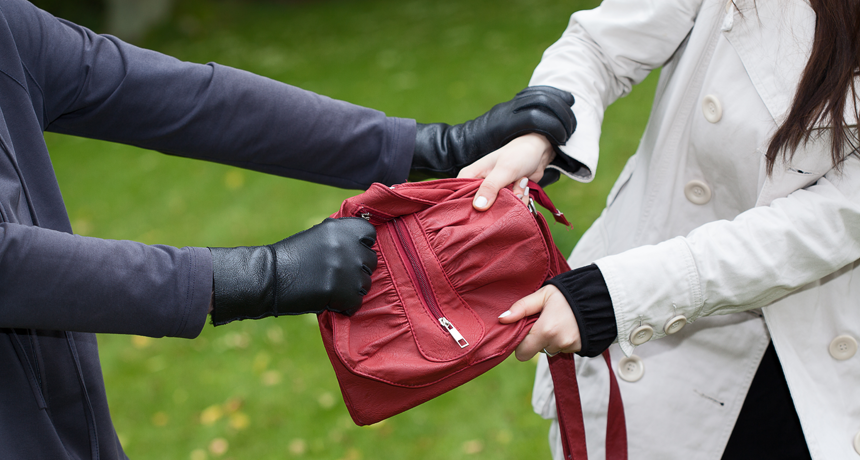Questions for ‘What happens when you look at crime by the numbers’

To understand who is likely to be a victim of crime — and where — many law enforcement officials are turning to the numbers. They are analyzing past reports of what has happened.
KatarzynaBialasiewicz/iStockphoto